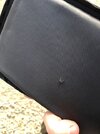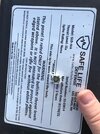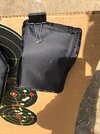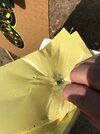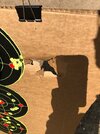I was always curious whether the armor we can buy is real or fake. Recently I realized that a few plates in my closet are expired. So I decided to use it as an opportunity to satisfy my curiosity. Below results of the shooting of an expired AR500's level II soft panel and BulletSafe's level IV ceramic panel. I used 115 gr FMJ 9mm and 123gr FMJ 7.62x39.
Level II vs 9mm front
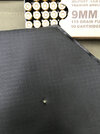
Level II vs 9mm back. It works.
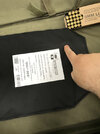
Level IV vs 7.62mm front
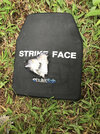
Level IV vs 7.62mm back. It works. But the bump size suggests that it should hurt like a hell.
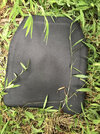
Just out of curiosity. Level II vs 7.62mm back. Wow...
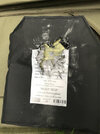
And Level IV vs 9mm. Easy to see why ceramic is one-hit option.

The good news is that both plates are from a low price range and are old enough (both were purchased in 2015-2016).
I hope this would help somebody with armor choice .
.
Scroll down to post #15 for 5.7x28 vs IIIa plate
 carolinafirearmsforum.com
carolinafirearmsforum.com
Level II vs 9mm front

Level II vs 9mm back. It works.

Level IV vs 7.62mm front

Level IV vs 7.62mm back. It works. But the bump size suggests that it should hurt like a hell.

Just out of curiosity. Level II vs 7.62mm back. Wow...

And Level IV vs 9mm. Easy to see why ceramic is one-hit option.

The good news is that both plates are from a low price range and are old enough (both were purchased in 2015-2016).
I hope this would help somebody with armor choice
Scroll down to post #15 for 5.7x28 vs IIIa plate
Armor Test: Expired Kevlar from AR500, Ceramic BulletSafe plate
I was always curious whether the armor we can buy is real or fake. Recently I realized that a few plates in my closet are expired. So I decided to use it as an opportunity to satisfy my curiosity. Below results of the shooting of an expired AR500's level II soft panel and BulletSafe's level IV...
Last edited:




